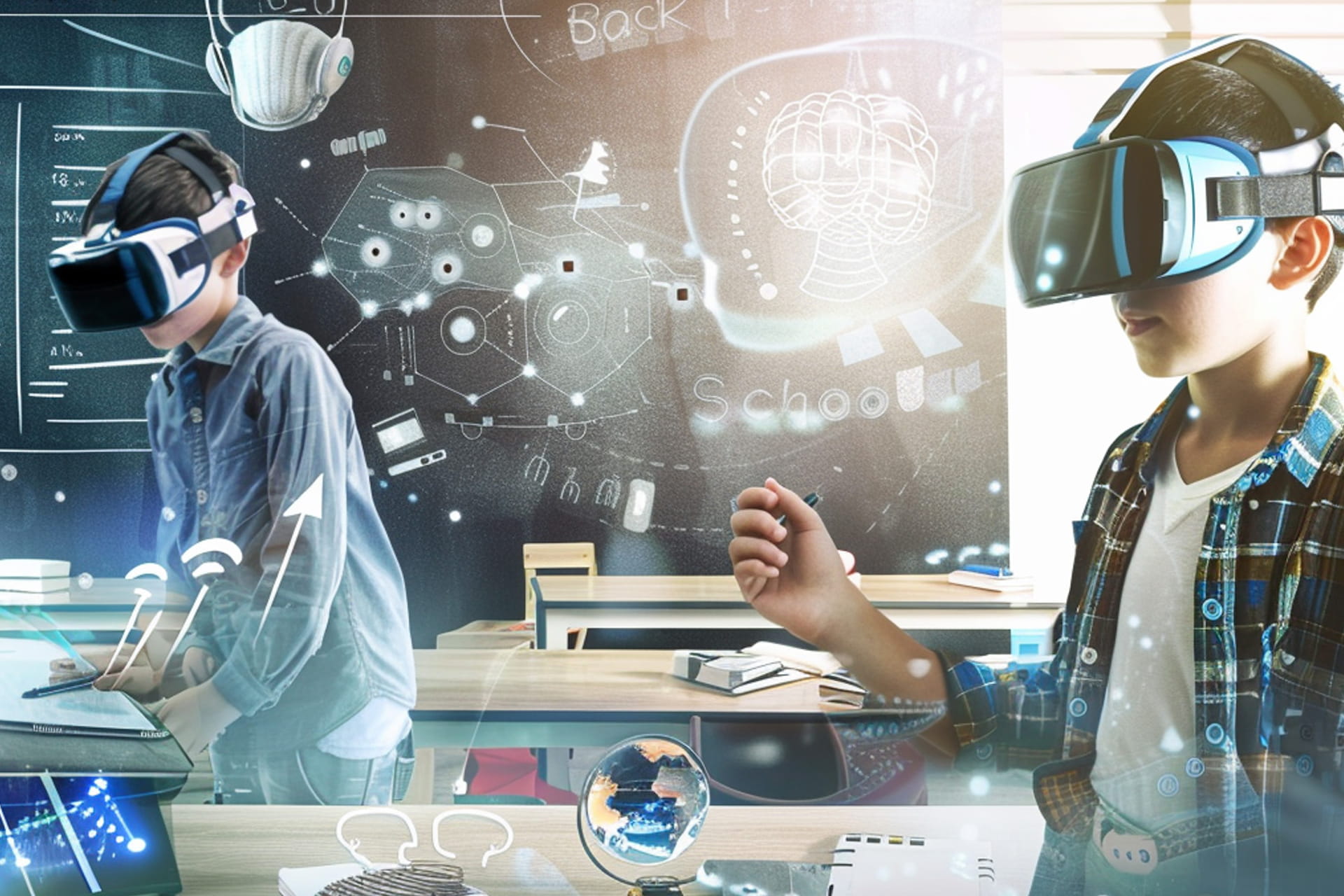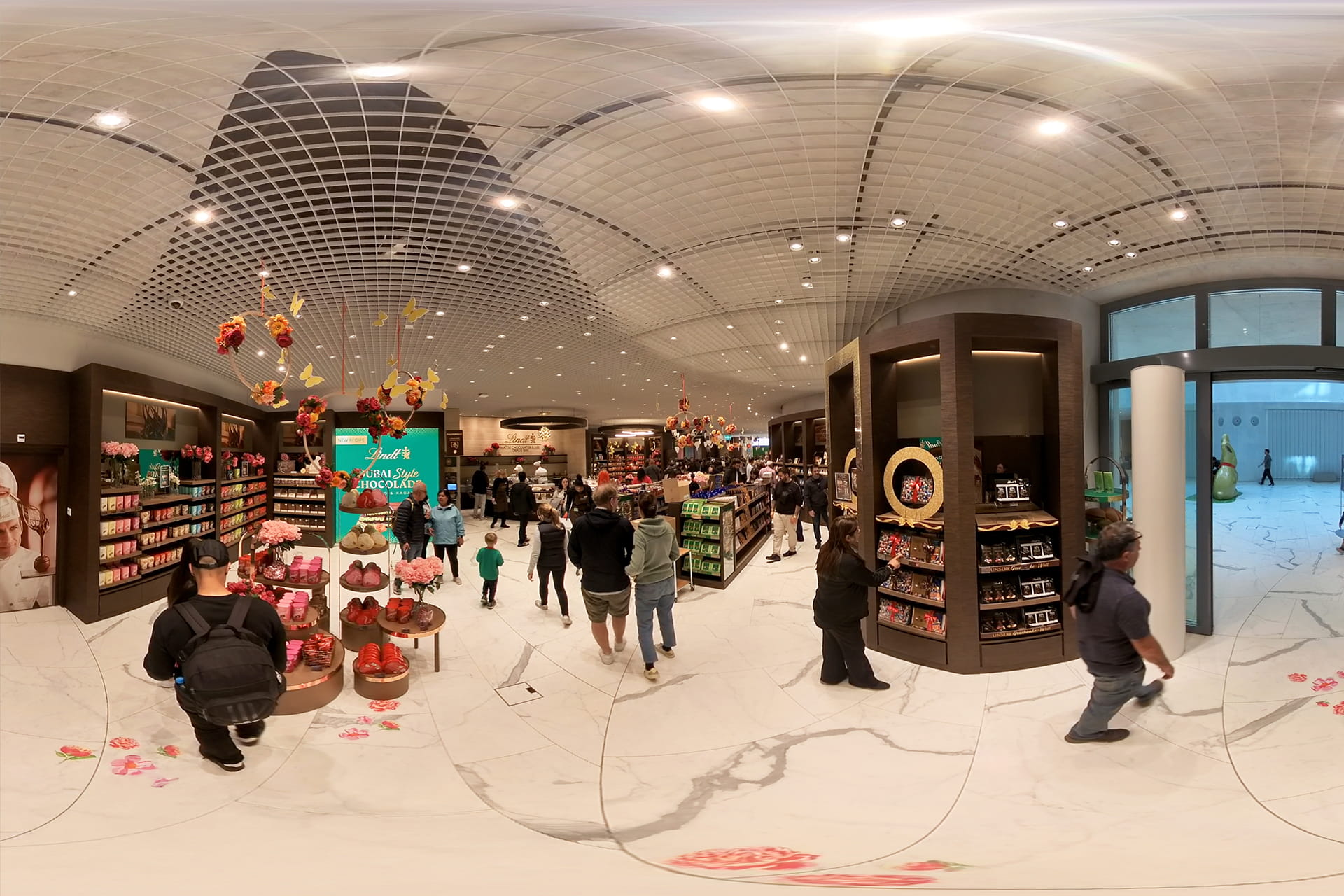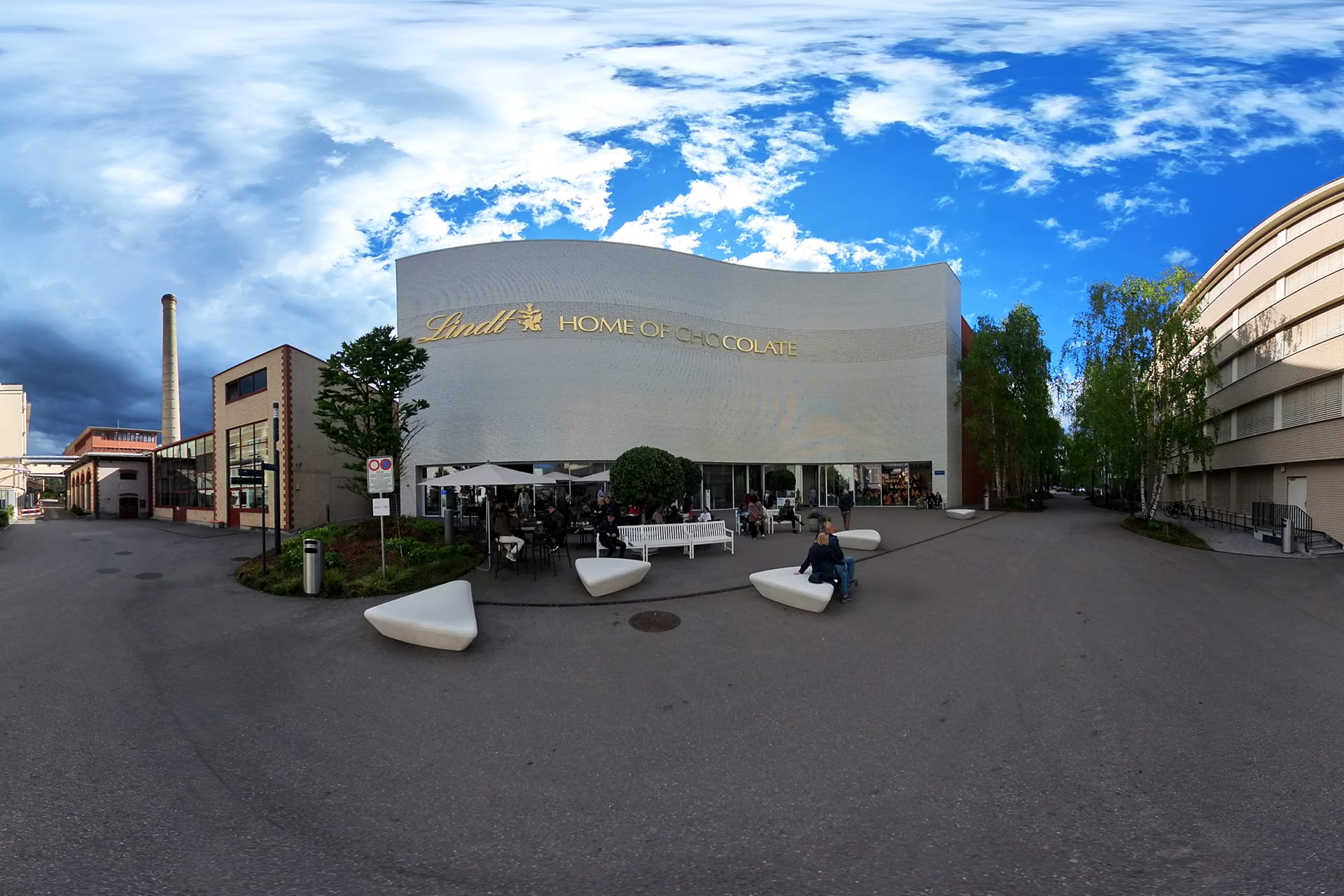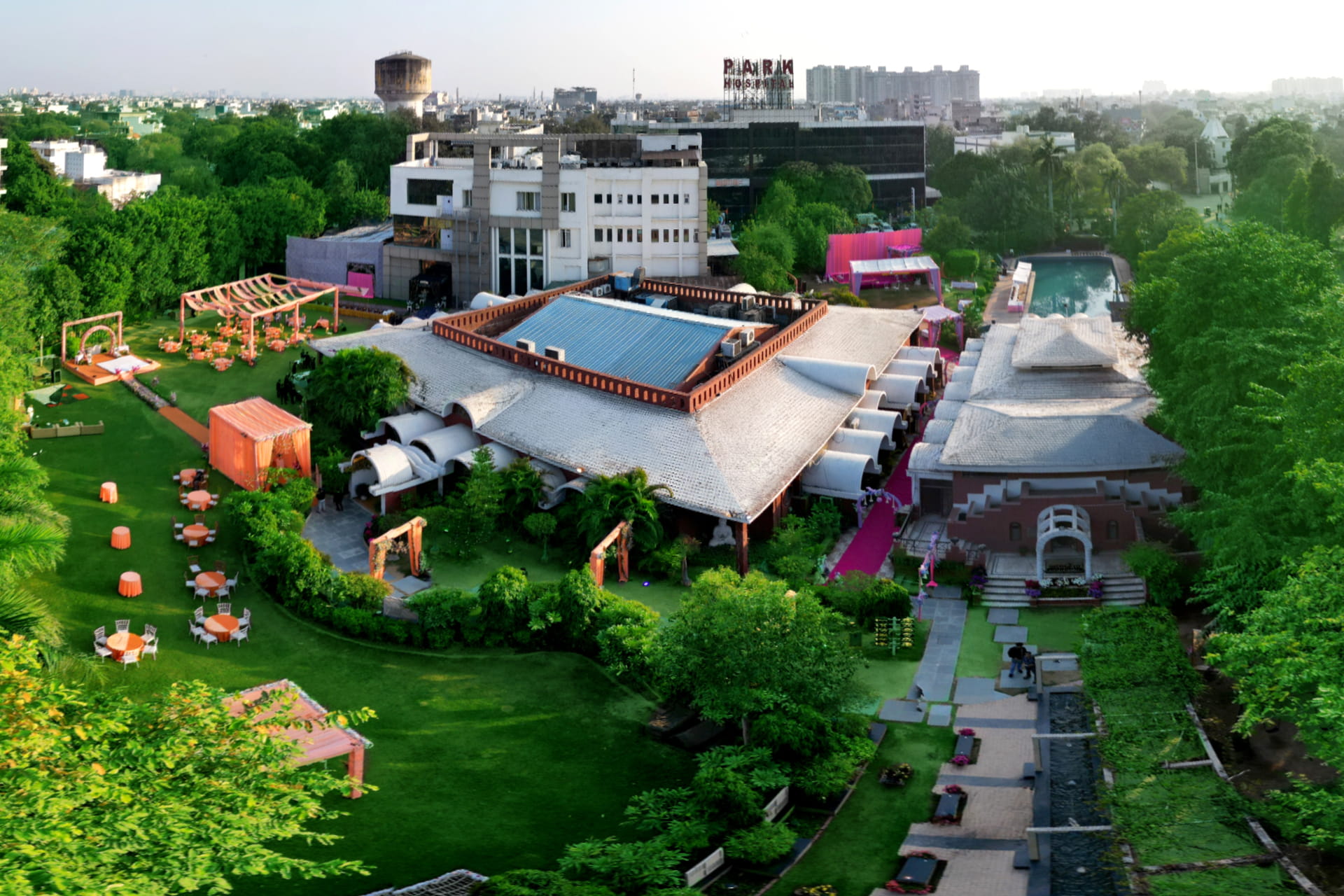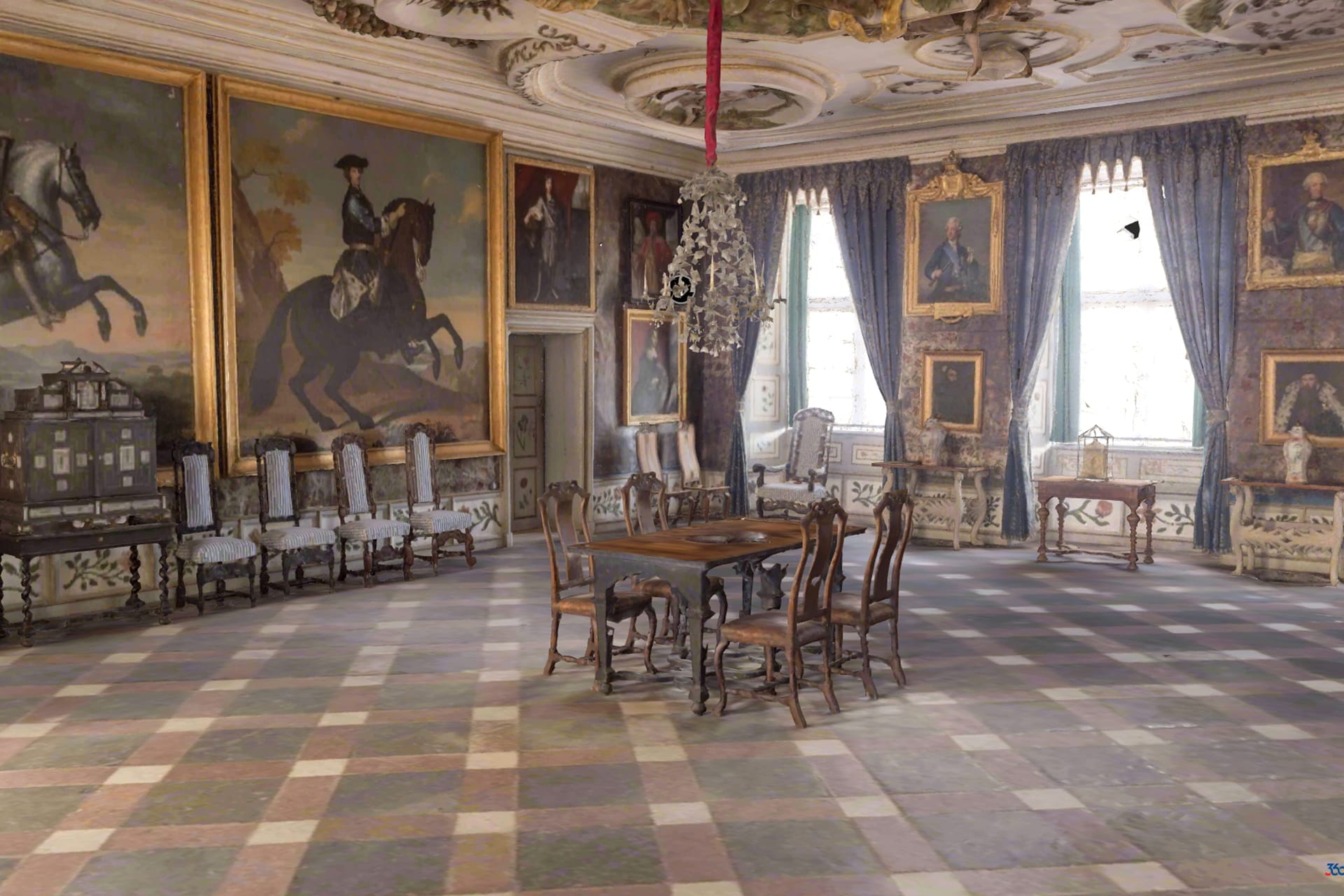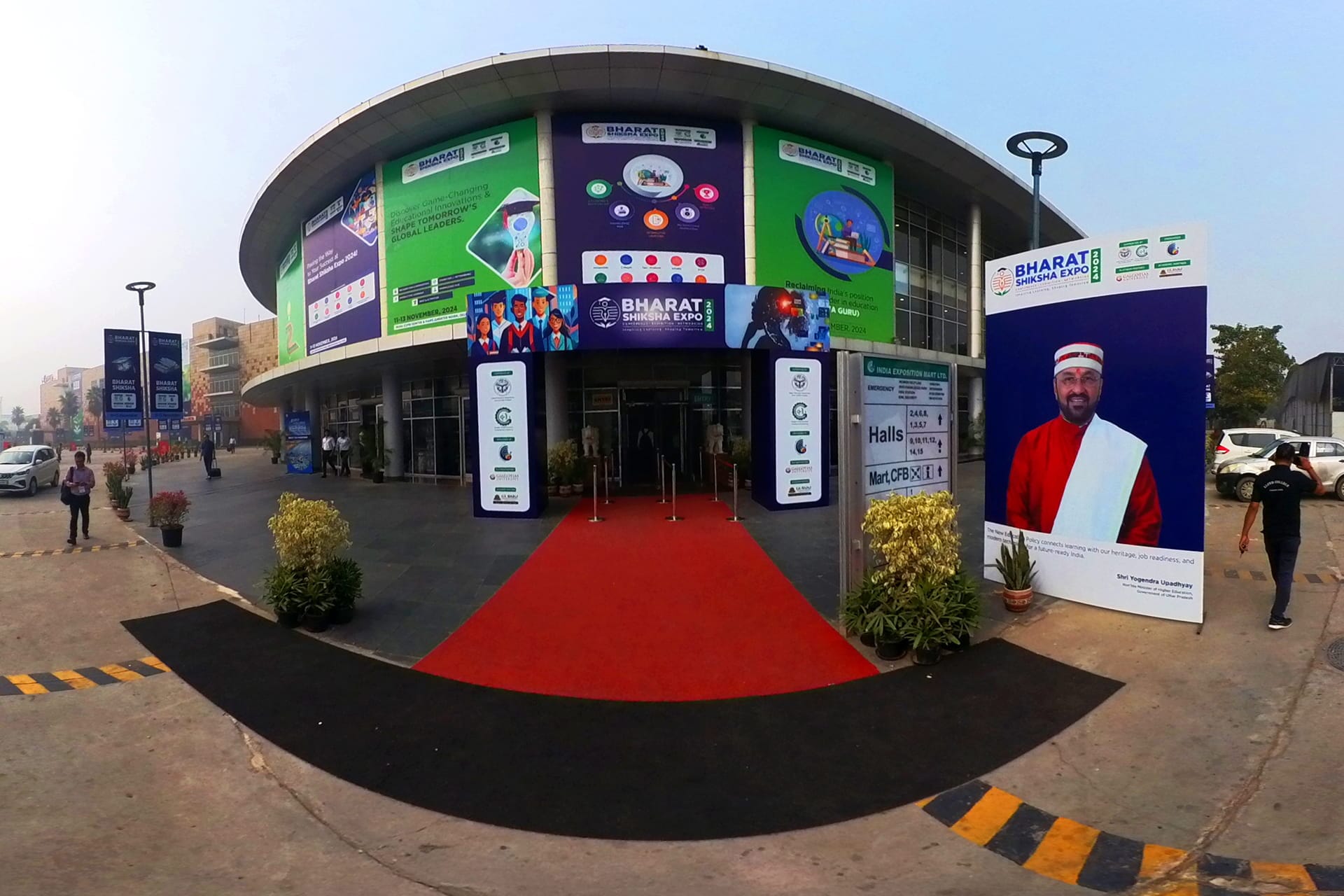Augmented Reality (AR) and Mixed Reality (MR) are redefining education and training by creating immersive, interactive, and engaging learning experiences. These technologies allow students and employees to explore concepts, practice skills, and collaborate virtually in ways that traditional methods cannot match.
This blog explores the impact of AR/MR in education, highlighting its applications, benefits, and transformative potential.
1. Immersive Learning Environments
- Virtual Classrooms: MR allows students to attend lessons in realistic 3D environments, regardless of location.
- Interactive Lessons: AR apps enable students to manipulate 3D models and explore complex concepts interactively.
- Hands-On Simulations: Safely practice laboratory experiments, machinery operation, or medical procedures in virtual environments.
2. Enhancing Student Engagement
- Gamified Learning: AR/MR gamification increases motivation, focus, and participation.
- Visual Learning: Complex topics become easier to understand with 3D visuals and interactive content.
- Immediate Feedback: Students receive real-time feedback for improved learning outcomes.
3. Remote and Collaborative Learning
- Distance Education: MR enables students to join shared virtual classrooms from anywhere.
- Team Projects: Collaborate in AR/MR spaces for problem-solving and group activities.
- Global Learning: Connect learners across regions for cross-cultural educational experiences.
4. Skills Training and Workforce Development
- Corporate Training: Employees learn complex processes and safety procedures through immersive simulations.
- Medical and Technical Training: Practice surgeries, machinery operation, and troubleshooting in a risk-free virtual environment.
- Enhanced Retention: Immersive training improves knowledge retention and skill acquisition.
5. Personalized Learning Experiences
- Adaptive Learning Paths: AR/MR apps customize lessons based on student progress and needs.
- Individual Practice: Students can explore topics at their own pace in interactive virtual environments.
- Enhanced Accessibility: AR/MR ensures inclusive education for differently-abled learners.
6. Benefits of AR/MR in Education
- Improved Understanding: Students learn complex concepts through hands-on, visual experiences.
- Higher Engagement: Interactive lessons make learning fun and captivating.
- Cost-Effective Training: Reduces need for physical labs, training materials, and travel.
- Future-Ready Skills: Prepares students and employees for technology-driven workplaces.
Conclusion
AR and MR technologies are transforming education and training, providing immersive experiences that enhance understanding, engagement, and skill development. Schools, universities, and businesses leveraging these technologies gain a competitive edge through innovation and interactive learning.
At 360Biznus, we specialize in custom AR/MR app development for education, delivering solutions that bring lessons to life and transform traditional learning experiences.
Get in Touch
Whether you want to develop a new 360 Virtual Tour, 3D Product Display, 360 Product Spin Photography, Google 360 Street View or update an existing 360 Virtual Tour, we're eager to assist.
Call / Email Us / fill in the form below.


